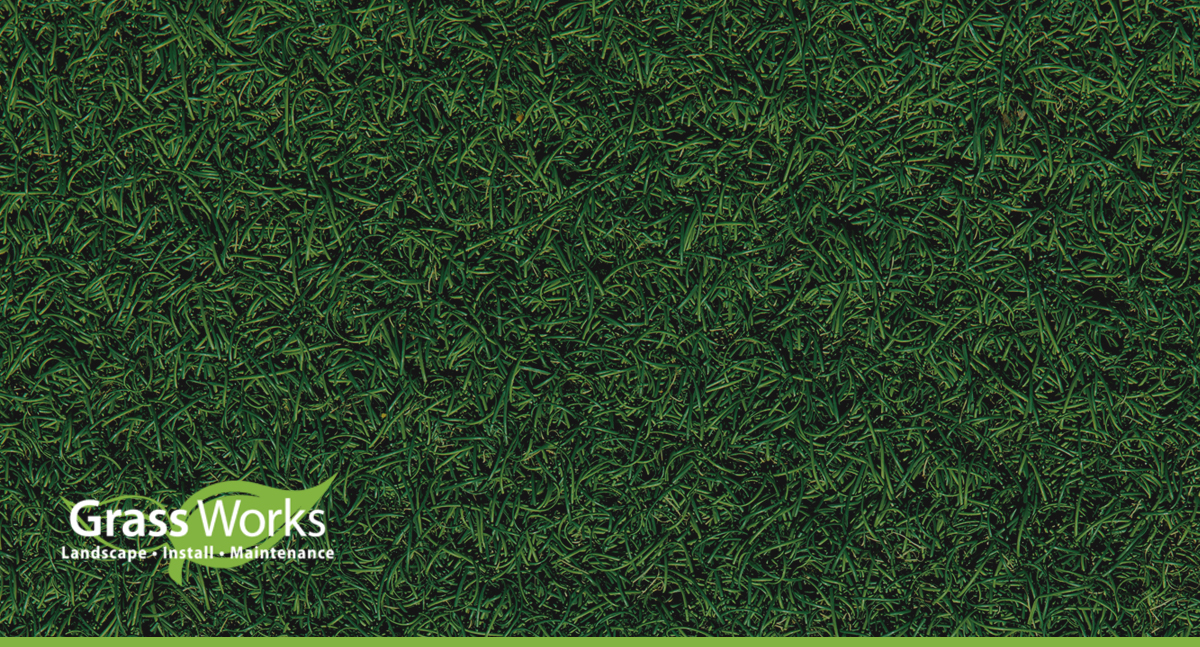How to Revive St. Augustine Grass: 4 Tips to Bring Back Your Lawn

Have you noticed your luscious green lawn looks a little defeated these days? Is your St. Augustine grass turning brown and dying? If you answered yes to these questions, you’re not alone. Many homeowners are wondering how to revive St. Augustine grass.
Common Causes for Dead St. Augustine Grass
Inadequate lawn care and maintenance can lead to brown grass that appears dead. However, brown patches don’t always mean your grass is beyond repair.
The most common causes of your St. Augustine grass turning brown or dying include:
- Pest Infestation
- Grass Diseases
- Poor Soil Quality
Pest Infestation
Despite your best efforts, St. Augustine lawns are susceptible to pest infestations, especially grub worms. These pests usually appear throughout the summer and into late fall and eat the roots of the grass growing on your lawn. Your grass no longer absorbs water and nutrients, causing it to die in patches.
You can prevent unsightly brown patches by applying grub control in the early spring. This kills insect larvae before they hatch and begin damaging your lawn.
Grass Diseases
The most common cause of ailing St. Augustine lawns is grass disease. Brown Patch and Take All Patch diseases are the most likely culprits, causing circles of grass that appear yellow or brown. These diseases are caused by fungus and are deadly for your lawn if they are not treated.
Lawn diseases often appear in the spring and fall because of the warm, humid weather. This creates suitable conditions for fungi to mature and extend through your lawn. You can restore your St. Augustine lawn by using an anti-fungal product that will help revive your dead grass.
Poor Soil Quality
Your grass may be suffering because of the soil quality. If your soil contains an abundance of gravel, rocks, or a significant amount of clay beneath the surface, it creates issues for any grass species.
These conditions prevent the roots from extending deep enough to promote healthy growth and grass development. Soon, you’ll notice wilting and dying grass due to a lack of nutrients and water deficiency.
Before resolving the situation, you should first test your soil to detect nutrient deficiencies and understand what type of soil may work best on your lawn.
Overfertilization
Many homeowners assume that applying copious amounts of fertilizer will prevent their grass from turning brown. Unfortunately, this overfertilization causes more damage because the excessive chemicals burn the lawn. The roots become damaged, causing dark patches, dead spots, and other discoloration.
How to Revive St. Augustine Grass
There is hope for returning your St. Augustine grass from its dull, dead appearance to healthy green blades of grass. Depending on why it has turned brown in the first place, you can revive St. Augustine grass and make your lawn appealing again in several ways, such as:
- Watering Your Lawn Adequately
- Improving Soil Quality
- Using a Grub Killer
- Repairing your St. Augustine Lawn with Patchwork
Watering Your Lawn Adequately
Your grass might die after extended periods of hot and dry weather. Sufficient amounts of water can stimulate growth, replacing brown patches with fresh, green grass.
Your St. Augustine lawn has certain requirements when it comes to watering:
- Amount of Water: 3/4 inches
- How Often: 2 times weekly
- During Growth Periods: 1-2 inches
- During Dry Periods: Up to 6 inches
If your grass has been discolored for three weeks, providing water may restore it to its natural vibrant green color.
Improving Soil Quality
One of the best ways to enhance your soil is by adding nutrients to make it better suited for growing healthy grass. St. Augustine grass species thrive in well-aerated soil, so you should focus on soil compacted in your yard.
You can enhance your soil’s quality if you:
- Resolve issues with clay by enriching it with minerals like gypsum
- Core aerate the yard if it is discolored from compacted soil
- Use fertile topsoil to create a place for developing roots
You should test a small patch of your lawn to ensure the pH and nutrient content are suitable for your grass species to grow.
Using a Grub Killer
Examine your lawn to determine whether grubs are the cause of your dying grass. Spread a grub-killing chemical to destroy the grubs, and you’ll notice your green grass growing back. The ideal time to use grub control chemicals is in the early spring or late summer when the most grub damage is present.
Repairing your St Augustine Lawn with Patchwork
If it’s been over five weeks since your grass has died, a reasonable way to repair the dead or damaged sections is with sod patchwork. Sod patchwork is the process of removing the damaged sections of lawn and replacing them with new, viable living sod squares. This can be done in small or large areas to fill in the gaps and give the appearance of a full lawn in just a few hours. Because St Augustine grass spreads by stolons, St Augustine seed is not currently available or recommended for sod repair needs.
Improve Your Lawn with Professional Help
If your lawn is browning or seems to be dying, a professional can guide you on how to revive St. Augustine grass. They can determine the cause of any issues and recommend the best solution for restoring your lawn to its vibrant green appearance.
Grass Works has been providing Expert Local Lawn Care Services in Central Texas: Austin, Cedar Park, Round Rock, Avery Ranch, Bee Cave, Lakeway, Steiner Ranch & West Austin since 2007! Need help with your landscaping? Get a free estimate today!

Ferris MyCue is the founder and owner of Grass Works Lawn Care, LLC located in Leander, TX. As a former firefighter who maintained yards on his days off, he saw a need for a dependable, local maintenance company that knew the hill country climate and could deliver quality landscaping services for a reasonable price. Since 2007 he has used his leadership to grow the company into one of the top landscape maintenance companies in Austin and surrounding areas offering landscape maintenance, design, and irrigation services to both residential and commercial clients. Ferris is also a member of the Seasonal Employment Alliance (SEA) and an active participant in advocacy efforts to help promote cap relief.